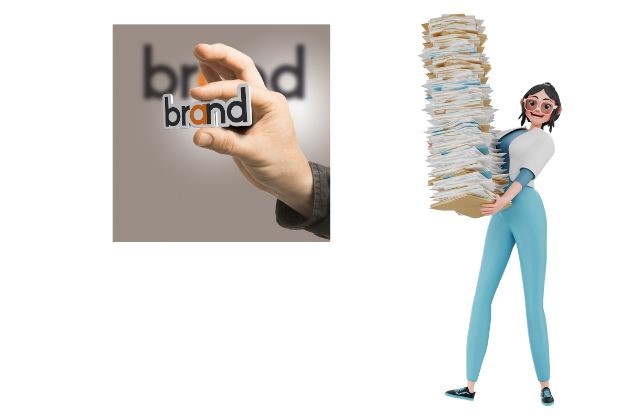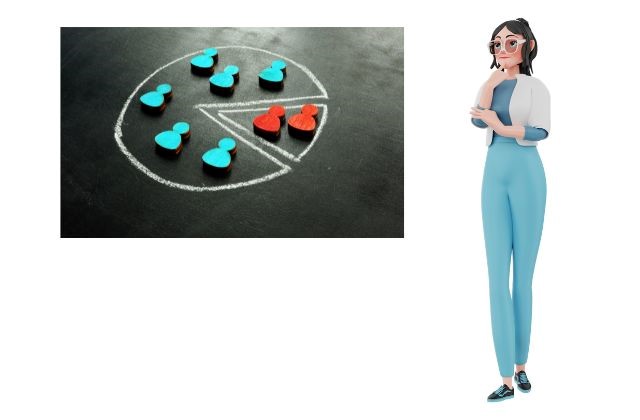Pay-per-click advertising (PPC) can be an extremely powerful marketing strategy to help achieve your business goals, including lowering lead cost per acquisition and increasing revenue. But, there are some considerations you should keep in mind when running PPC campaigns.
PPC advertising stands out from other forms of marketing because of its direct correlation between cost and performance (visits), providing real-time feedback about your ad's impact and real-time information on its performance.
1.Cost-effectiveness
Pay-per-click advertising provides an attractive return on investment when compared with other marketing strategies. PPC ads can be targeted using keywords relevant to your products or services and you only pay when someone clicks through from there and visits your website; making it a cost-effective way of driving traffic and increasing sales.
Cost for ads depends on competition for keywords you select and quality of ad material created; to maximize return on investment it is wise to partner with a PPC agency with an established history.
PPC ads differ from email and social media in that they can reach new prospects quickly by employing targeted keyword selection and bidding strategies to ensure your ad appears before the right people at the appropriate times. Increased conversion rate and better return on your investment can result in higher conversion rate, and tracking how many visitors come to your website and convert into leads or sales are easy ways to keep an eye on your ROI. Information can be retrieved using CMS software or through attribution reporting. PPC rates are set by publishers themselves and can either be flat rate or bid-based; flat rate PPC requires keeping track of multiple rates that apply to different areas on their website.
2.Visibility
PPC advertising is an integral component of digital marketing strategies. It helps businesses attract targeted traffic and generate leads that may eventually convert to sales or other conversions, at an extremely cost-effective rate. PPC ads appear alongside search results on search engines, social media platforms and other sites where relevant searches take place; when someone clicks an ad they are charged each time someone searches using keywords specified during their campaign.
PPC offers marketers a clear link between cost and performance, which makes it a viable marketing option. Adverts can be controlled both in terms of frequency and location; advertisers can test different creatives/copy, with campaign changes made quickly enough for success. Compared with traditional forms of promotion, PPC campaigns allow advertisers to achieve desired results more rapidly.
As consumers become more accustomed to digital forms of communication, pay-per-click advertising has grown increasingly popular as an effective strategy to increase ROI. Paid search is now an integral part of digital media, with total search advertising spending projected to surpass $178 billion by 2023 - creating more real estate on search engine results pages (SERPs), increasing consumers' chances of finding what they are searching for more quickly than ever before.
3.Targeted audience
Pay-per-click advertising not only offers cost-efficiency, but it can also reach specific audiences more efficiently without paying for irrelevant clicks. PPC ads are highly measurable so you can monitor performance easily and make adjustments accordingly
PPC advertising is an increasingly popular digital marketing tactic used by digital marketers and often combined with search engine optimization (SEO). Search engines allow advertisers to only pay when an ad is clicked upon - this allows advertisers to target users with relevant keywords more efficiently. Both Google and Bing use bidding systems for display of pay-per-click ads on results pages while social networks like Facebook, Instagram, TikTok and LinkedIn offer pay-per-click advertising spots as well.
Target users using PPC in several different ways, including Topics, Interests and Gender targeting options. Topics correspond with services/products being marketed; Interests reflect what Google learns about user browsing histories or self-selected interests when signed in to Google account; Gender is another targeting option which allows you to adjust bidding based on gender - something which can have an impactful effect on conversion rates.
No matter how you select to target your audience, a successful PPC campaign can drive high-quality traffic and lead generation. To maximize these benefits, create an eye-catching landing page which clearly communicates its benefits while encouraging people to sign up or buy.
4.Conversion rate
Pay-per-click advertising (PPC) is a form of digital advertising in which advertisers pay per user who clicks their ad to reach their website, whether this happens via fixed price agreement or auction - both methods allow businesses to drive more traffic and sales online; it should be kept in mind though that just clicking an ad does not guarantee users will convert into buyers (ie: make an actual purchase).
Pay-per-click advertising offers the potential to achieve high conversion rates by targeting the ads to those most likely to purchase the product or service advertised. Furthermore, setting clear goals for the campaign and tracking its progress are essential elements. One method of doing this is monitoring conversion rate of each ad, which shows what percentage of people clicked it before converting
Conversion rate refers to the percentage of visitors to your website who complete an action such as adding products to their cart or signing up for a newsletter. When optimizing websites to increase performance, monitoring conversion rates is vital; high conversion rates increase customer counts while also increasing your return on investment through new customer acquisition.










